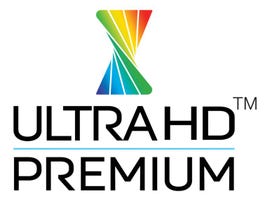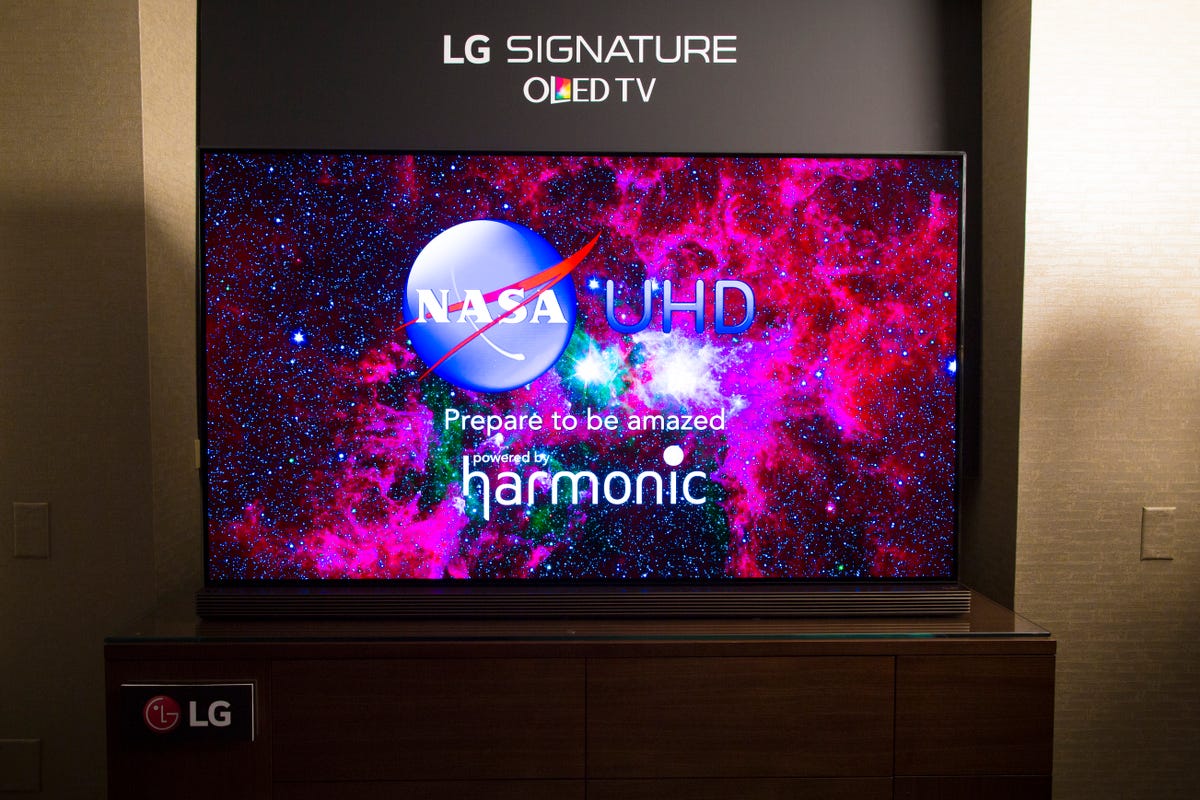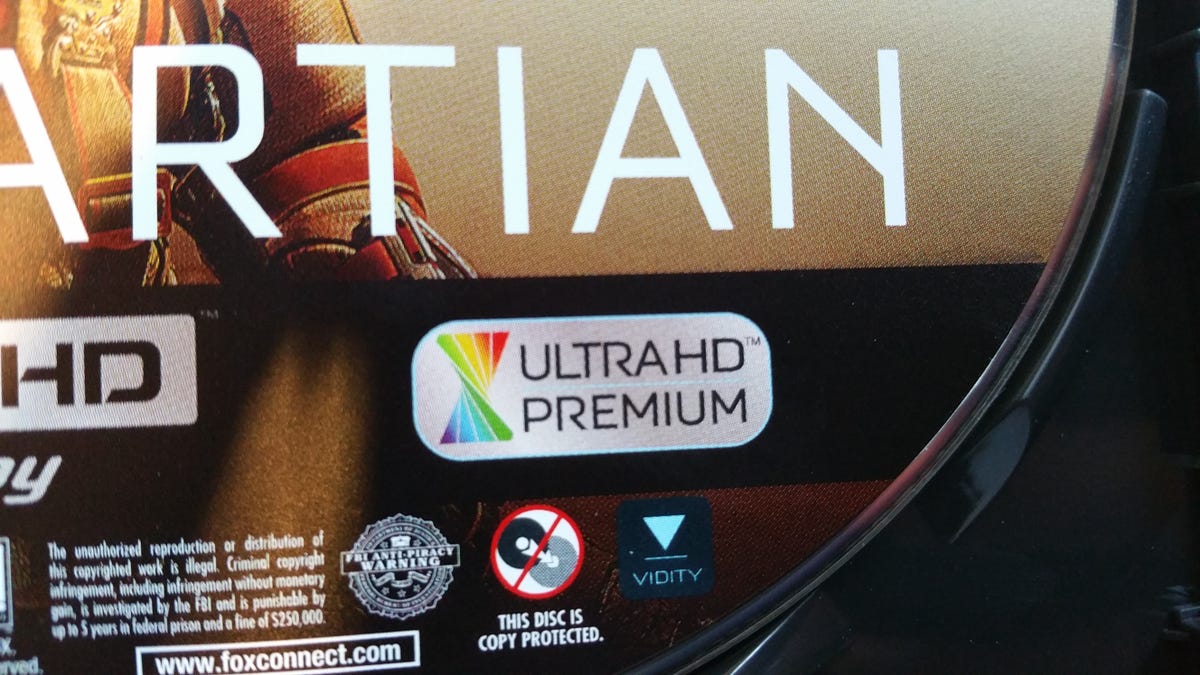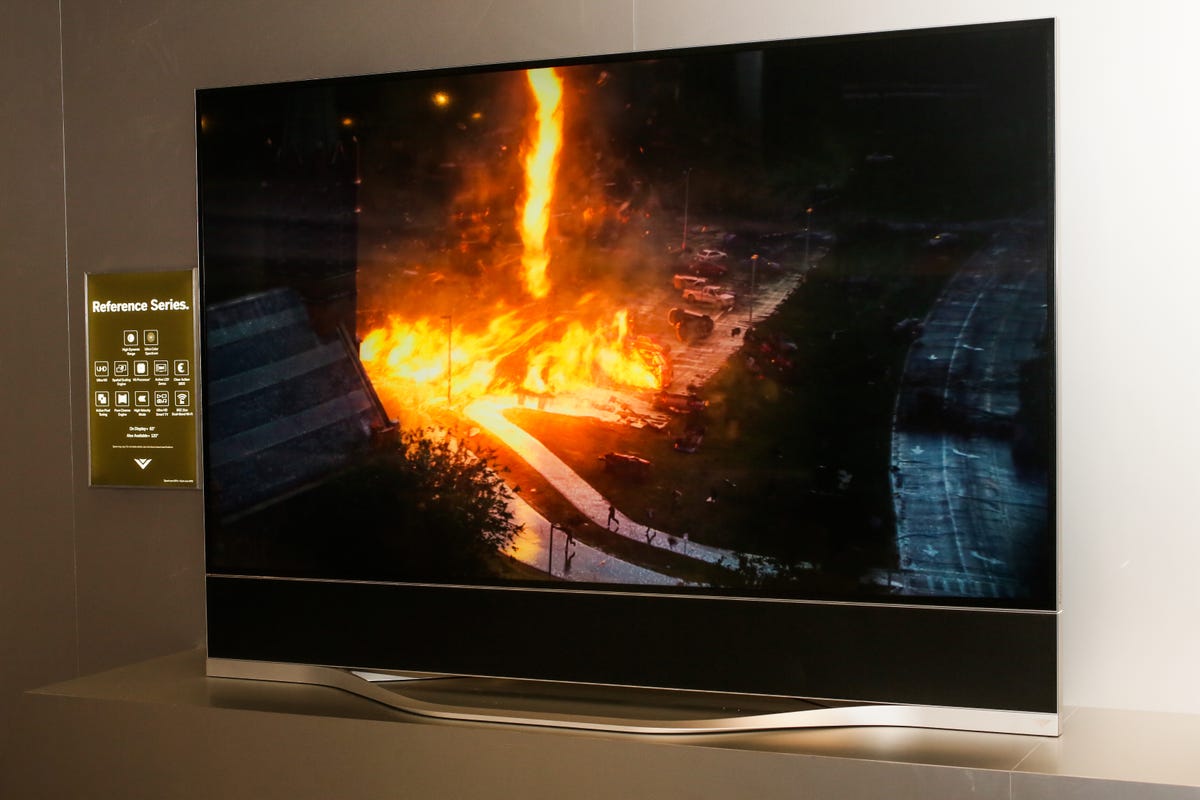UHD Alliance Premium Certified is a rating applied to TVs that meet or exceed certain performance minimums for Ultra High Definition TVs. These specs include high dynamic range and wide color gamut, brightness and more.
But…not all TV companies are in the UHD Alliance, so this isn’t as simple as it seems.
Is the Premium Certified stamp something worth considering? Well, surprisingly, yes. Here’s what you should know.


What’s the UHD Alliance?
As we explained in our article on 2016 TV marketing terms and what they mean, the UHD Alliance is an impressive collection of manufacturers, tech companies and Hollywood studios all with the collective goal (and pretty-please-with-a-cherry-on-top wishes) for 4K to succeed.
Nearly every TV company you’ve heard of, and a bunch you haven’t, are part of the UHD Alliance, including Samsung, Sony, LG, Panasonic and more. Most of the major movie studios, including Disney, Warner, Universal and Fox are at the table as well, along with tech companies such as Amazon, Dolby, Netflix, DirecTV and Microsoft. Here’s the full list.
All these disparate and competing companies wanting to work together for something to succeed is pretty impressive.
One of their goals is to make sure your TV is able to fully take advantage of the new advances in 4K content, including high dynamic range (HDR) and wide color gamut (WCG). Both promise to improve picture quality beyond today’s HDTV and even 4K resolution, by making contrast, color and other aspects of the images more realistic, and closer to what today’s Hollywood cameras can capture. Check out What is HDR for TVs for more on that.


2016 OLED TV like LG’s G6 will be UHD Alliance Premium Certified.
James Martin/CNET
UHD Alliance Premium Certified
UHD Alliance Premium Certified, or UHDAPC (“Yoo’d-a-pac”) as I’ve decided to call it, is the UHD Alliance’s way of pointing out TVs that conform to the latest in TV technologies, like HDR, WCG and so on.
They’re certainly not the first to come up with a certification program, but unlike others (THX’s, most notably) the UHD Alliance has shared exactly what a TV must match to be UHDAPC. It reads like a shopping list for anyone looking to buy a high-end TV in 2016 (and beyond):
Resolution: 3,840×2,160 pixels, otherwise known as 4K.
Color depth: 10-bit (important for HDR, as most other TVs are just 8-bit).
Color gamut: Wide, including the ability to show at least 90 percent of the P3 color gamut (check out Ultra HD 4K TV color, part 1 and part 2 for more on this).
High dynamic range: Specifically the ability to use SMPTE ST2084’s electro-optical transfer function, which Dolby helped create (check out What is HDR? for more info).
Minimum brightness and contrast ratios: This is probably the most interesting one, as it’s great for consumers and shows the different players here at work. There are two possible minimum specs. A minimum brightness of 1,000 nits, along with a black level of a maximum of 0.05 nits (20,000:1 contrast ratio), or a minimum brightness of 540 nits, along with a black level of a maximum of 0.0005 (1,080,000:1).
The first option is clearly for LCDs, and can only be obtained by some sort of dynamic backlight (ideally, local dimming). The second option is almost certainly there because LG insisted, as there’s only one technology that can do that kind of contrast ratio, and LG is the only company that current sells it: OLED. Regardless, for HDR to be worthwhile it needs a big contrast ratio, so this requirement in the UHDAPC is key. It’s not explained how these numbers are measured, but one step at a time.
There are also specifications for UHDAPC content and mastering, which basically match the specs for the TVs (which makes sense).


“The Martian,” one of the first UHD 4K Blu-ray discs, has the UHD Alliance Premium logo.
David Katzmaier/CNET
One side note. CNET’s David Katzmaier bought a bunch of the first wave of UHD Blu-rays for testing and it turns out that, so far, only the ones from Fox have the logo. Discs from Sony and Warner, both Alliance members, do not.
We asked the UHD Alliance about the discrepancy. A representative replied in a statement that the early wave of discs were being prepared at the same time as logo usage guidelines were being finalized, and that going forward the Alliance expected the logo to become more prevalent. According to the statement we received: “Ultimately, using the ULTRA HD Premium logo is an individual company decision and some may choose not to use it even on products that meet or exceed the Premium standard.”
Does it matter?
Related Articles
- Why 4K TVs aren’t stupid (anymore)
- From SUHD to nits: 2016 TV marketing terms and what they mean
- TV resolution confusion: 1080p, 2K, UHD, 4K, 8K, and what they all mean
- Do I need to upgrade to Ultra HD Blu-ray?
Yes and no. The problem with this, and any other certification, is that just because a TV isn’t certified, doesn’t mean it doesn’t perform to the specs.
Vizio is not part of the UHD Alliance, for example, and therefore its TVs won’t be UHD Alliance Premium Certified (funny how that works). Its Reference series, on paper, seems to match the UHDAPC specs. That’s just one example of a gap in UHD Alliance umbrella, there will certainly be others. I reached out to Vizio for comment and it has yet to respond.


Despite having the specifications to meet UHD Alliance certification, the Vizio Reference Series is not certified.
Sarah Tew/CNET
Also, just because a TV is certified doesn’t mean it will be the best looking TV. It will probably look good (most high-end TVs do at this point), but some will of course be better than others. For example, the specs on the top-of-the-line LCD TVs make it seem like they’d look better than OLED, yet every time we see OLED we like it better.
Also, a TV might far exceed the Certified spec, where another TV just barely meets the spec. The former will probably look better than the latter, even though both are “Premium Certified.” A TV with edge-lit local dimming may meet the spec, for example, but another TV with full-array local dimming will likely look far better.
Bottom line
What at first seems like an industry sub-group, looking to boost its members’ products with a fabricated certification program, actually turns out to be something fairly useful. A UHDAPC TV will have some basic performance minimums that can be used as a sort of shortcut for how it will look. Not 100 percent mind you, but certainly as a signpost during shopping.
Of course, because not all companies are UHD Alliance members, it’s not a perfect marker, so its use is limited: helpful, but not the whole picture. It remains to be seen how well the certified televisions, especially the less expensive ones, actually perform.
Updated March 11 with a statement on Blu-ray logo usage from the UHD Alliance.
Got a question for Geoff? First, check out all the other articles he’s written on topics such as why all HDMI cables are the same, LED LCD vs. OLED vs. Plasma, why 4K TVs aren’t worth it and more. Still have a question? Tweet at him @TechWriterGeoff then check out his travel photography on Instagram.




